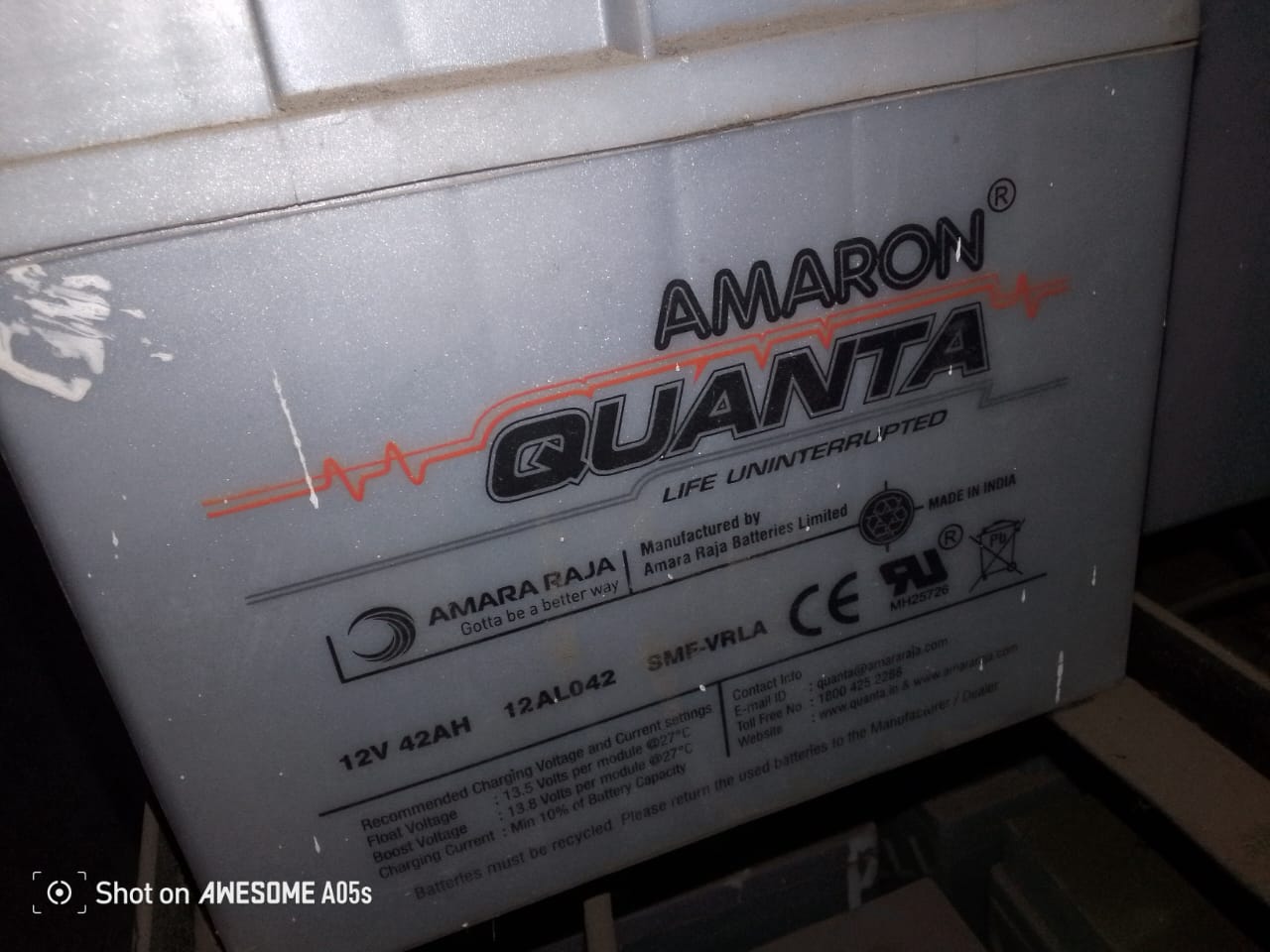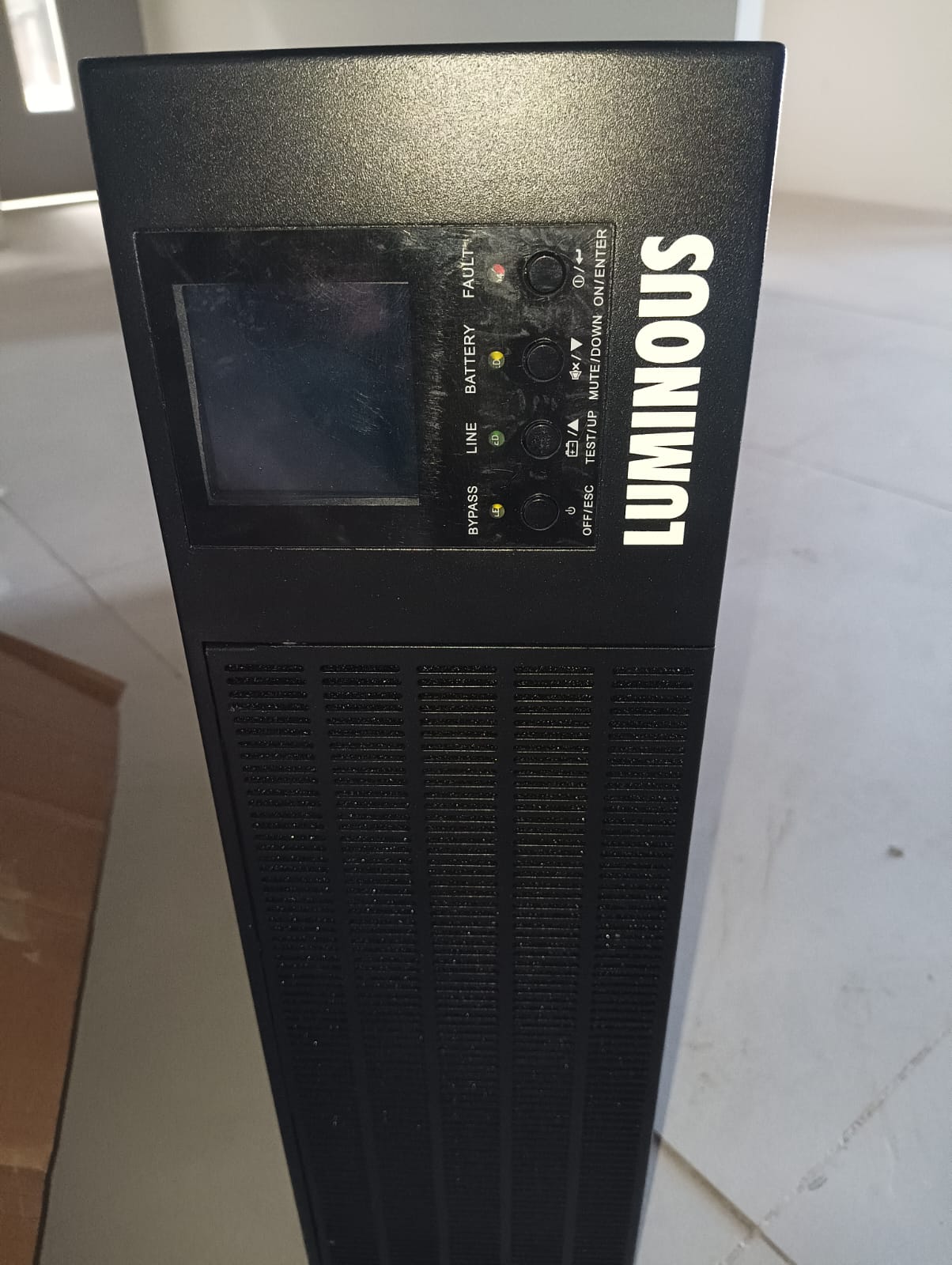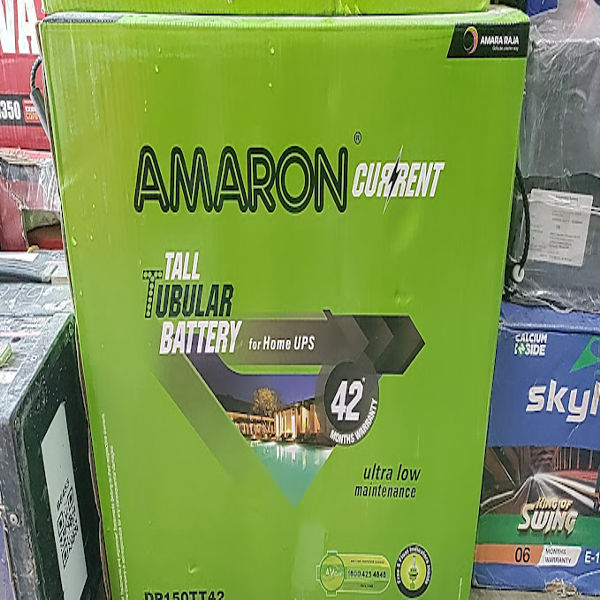The Amaron Pro 45Ah AAM-PR-0055B24LS is a car battery from the Amaron Pro series, designed for vehicles that require a high-performance, maintenance-free power source. Below are the key details about this battery: 1. Battery Type Type: Lead-acid, Maintenance-free Series: Amaron Pro Technology: AGM (Absorbent Glass Mat) or Conventional lead-acid depending on the specific model 2. Capacity and Specifications Ampere-Hours (Ah): 45Ah Cold Cranking Amps (CCA): Typically around 600 CCA (can vary depending on region or specific variant) Reserve Capacity (RC): ~85 minutes (again, this may vary slightly depending on regional specifications) Voltage: 12V Weight: Approx. 12-15 kg (depending on the construction, for a 45Ah battery) 3. Dimensions Length: 238 mm Width: 129 mm Height: 227 mm Terminal Configuration: B24LS (L indicates the positive terminal is on the left side when viewed from the front of the battery) 4. Application Designed for small to mid-sized vehicles, including sedans, hatchbacks, and compact SUVs. Suitable for standard gasoline-powered cars and may be used in diesel engines that require a 45Ah battery. It can also be used in some older vehicles or as a replacement for weaker or dead batteries. 5. Key Features Maintenance-Free: Sealed and spill-proof design with advanced lead-calcium technology. Long Life: Amaron Pro batteries are designed for long service life, offering higher durability and resistance to extreme weather conditions (high heat and cold). High Cranking Power: Provides excellent cold cranking amps (CCA), which ensures reliable starts in cold weather. Corrosion Resistance: Has improved resistance to corrosion, extending battery life and reducing the need for maintenance. Leak-Proof and Spill-Proof: The battery is fully sealed, which makes it maintenance-free and safer than traditional flooded batteries. 6. Warranty Amaron Pro batteries typically come with a 2-year free replacement warranty and an additional 18-month pro-rata warranty (varies by region). This warranty is subject to the terms and conditions of the manufacturer and distributor. 7. Advantages Strong Performance: High starting power, especially for vehicles with demanding electrical systems. Durability: Designed for hot climates and harsh conditions, suitable for both urban and rural driving conditions. Low Self-Discharge Rate: The battery retains charge for longer when the vehicle is not in use. 8. Pricing Prices can vary depending on location, but typically Amaron Pro batteries in the 45Ah range cost between ₹3, 500 - ₹5, 000 (Indian Rupees) or around $60-$100 in other markets. Always check with local dealers for specific pricing. 9. Compatibility This specific model (AAM-PR-0055B24LS) is typically designed to fit vehicles with a B24LS terminal configuration. It is important to verify that your vehicle is compatible with this size and terminal arrangement before purchasing. 10. Installation This battery comes pre-charged and does not require any initial maintenance before installation. However, it should be installed by a professional or an authorized dealer to avoid mishandling or improper connections. 11. Safety Considerations Proper Disposal: Batteries should be recycled responsibly once their life cycle ends, as they contain toxic chemicals like lead and sulfuric acid. Handling: Always wear gloves and safety goggles when handling batteries to avoid acid spills or contact with the terminals. Conclusion: The Amaron Pro 45Ah AAM-PR-0055B24LS is an excellent choice for those looking for a reliable, maintenance-free, and high-performing car battery. It is a popular option for vehicles that demand consistent starting power in varying conditions. As with all batteries, it is essential to ensure compatibility with your vehicle\'s specifications before purchasing.
Send Message







